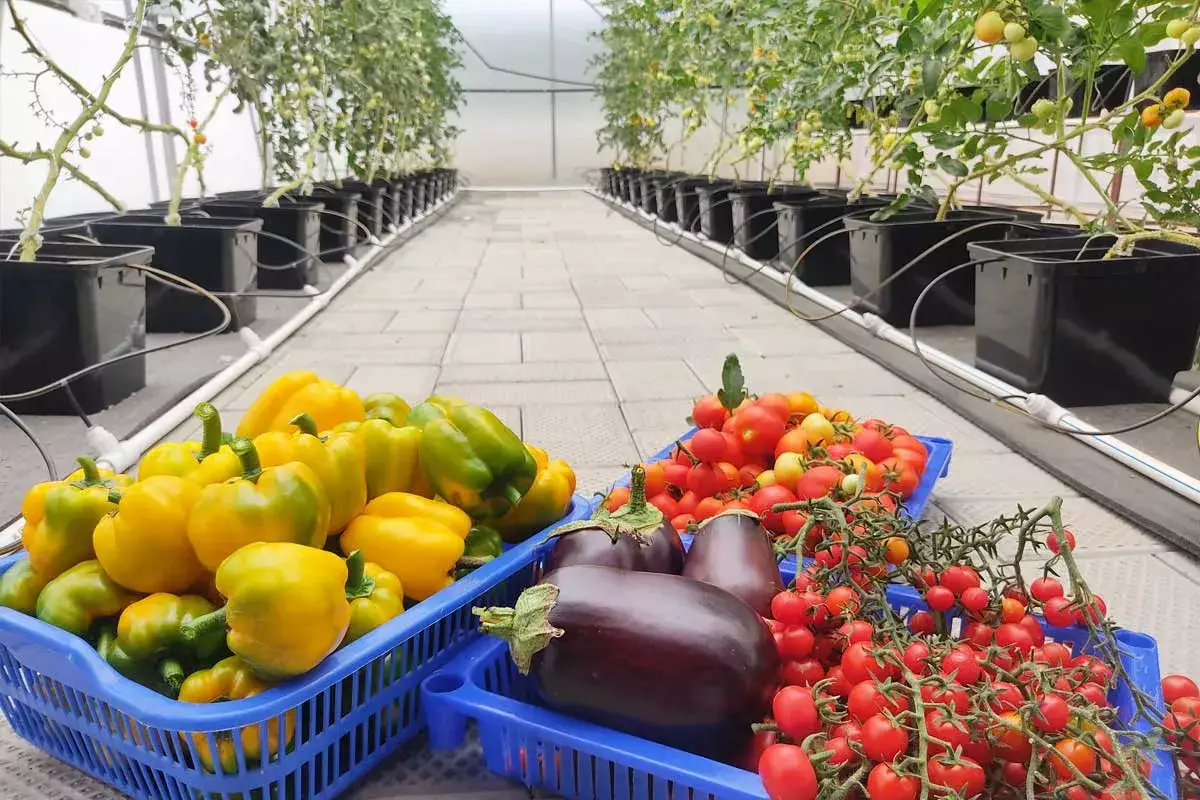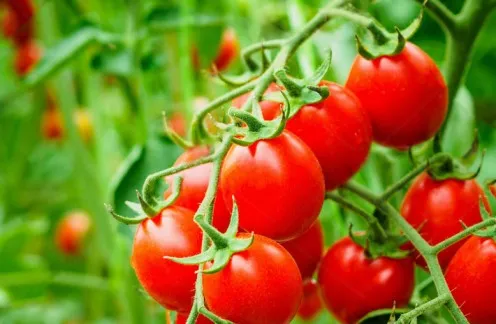Hydroponics Farming: The Unrealized Potential in India
Hydroponics farming is one of the most efficient and cost-effective ways to grow food. It can be used in all types of industries, from home gardeners looking to improve their yield to large commercial operations looking to boost their production capacity. The method has been used since ancient times; it’s even been suggested that growing plants using hydroponics was how man first began growing crops, so there’s no denying the technique’s effectiveness and reliability. Yet, despite its proven track record and its continued use throughout history, hydroponics remains a relatively underused technique in India today.
According to the United Nations, the world's population will reach 10 billion by 2050, with cities housing 70% of the population. However, as the population grows, so does the need to produce more food to feed them. According to some estimations, 70 percent extra food will be required. However, with 80 percent of farmed land already in use and nations continuing to urbanize at a rapid pace, the task of producing additional food in a sustainable manner will become even more critical.
The solution is hydroponic technology, a niche method of food production that allows producers to grow plants without soil. This approach, a subset of hydroculture, employs mineral nutrient solutions to feed plants in water without the usage of soil.
Different approaches to hydroponic growing
In general, growing plants without soil—called hydroponic farming—involves adding nutrients to water and letting plants absorb them through their roots. The trick is adding just enough so that plants get all of their necessary nutrients without becoming over-fertilized, which can lead to nutrient burn or other issues. There are a few different approaches to hydroponic growing: Deep Water Culture (DWC), NFT (Nutrient Film Technique), Ebb & Flow, and Aeroponics.
What are the benefits?
Hydroponic farms do not require soil, which means that they can be set up almost anywhere. This is especially good news for farmers who want to grow produce and herbs year-round, regardless of season or climate. There’s also less space required with hydroponic farming compared to other types of agriculture, making it possible to squeeze these farms into suburban and urban spaces while maintaining a high yield. Plus, because hydroponic farms don’t rely on chemicals or pesticides, fruits and vegetables grown through hydroponics are generally considered healthier than those grown traditionally. As such, there is increasing demand for organically grown produce around the world—and that could be great news for local Indian farmers looking to take advantage of what many see as an untapped market.
The challenges faced by farmers
Here's a short excerpt on why farmers adopt Hydroponic farming and what challenges they face during adoption of hydroponic system. Farmers continue to migrate to urban areas in search of jobs and decent pay. As a result, land holdings are divided into smaller pieces, leading to lower productivity. This problem is further aggravated by droughts that have become more frequent due to climate change. Overcoming these issues with Plantme Agro will help improve food production and overall living standards for rural communities across India as well as globally. In an attempt to combat declining yields, crop losses from disease and pests, rising labor costs and drought-induced water shortages—farmers around the world are increasingly adopting alternative methods of growing crops.One such method gaining popularity is hydroponics—an agricultural technique which uses water-based solutions rather than soil to grow plants.
How to overcome the challenges faced by farmers?
The problems associated with farming in India include a lack of proper technology and exposure to new ideas. Many farmers feel that there is no need for technology, or do not have access to it. It is important to educate them on what kind of new methods are available and how they can be used to increase productivity while helping the environment. The government should help bring these tools into rural areas through funding or other incentives. Other issues include pests and disease, as well as access to seeds and fertilizer. All of these can be improved by introducing new technologies such as hydroponic farming. This would provide an alternative source of income for farmers who cannot make ends meet using traditional methods.
Where should I start with hydroponics?
Hydroponics, or soil-less gardening, has been around for a long time. Today, millions of people use hydroponic methods to grow fruits and vegetables at home and on a commercial scale. While it might be hard to believe today, some estimate that only 0.1% of farms around the world use hydroponic systems as their primary growing technique! It’s important to note that there are many different types of hydroponic setups and techniques. In fact, there are over 50 different ways to set up a hydroponic system!
The two most common types of hydroponics include deep water culture (DWC) and nutrient film technique (NFT). This makes it an exciting industry to explore if you’re interested in technology or agriculture!
Conclusion
Plantme Agro will help you to setup Hydroponic farms for commercial and residential purposes. Hydroponic plants have direct access to water and nutrients rather than needing to pull them from the surrounding soil. This implies they will grow larger and quicker than traditional crops. They are also not affected by the changing seasons because they may be cultivated indoors. This implies that you may enjoy summer fruits in the dead of winter, as well as yearly harvests that now mature three times a year. With so much food being grown, the cost of feeding a family may be greatly reduced. And, because these farms may operate even in the center of the world's most heavily populated cities, transportation and shipping are essentially eliminated.

For more details visit Plantmeago
Go Back

